At the beginning of September 2018, a group of scholarly Hong Kong burgundy collectors invited me to join them in tasting and drinking a group of 10 mature Echézeaux (1990-1999, with one 2004). Did a profile of this shadowy cluster of vineyards emerge, complete with aquiline nose, sculpted cheek-bones sculpted and square-cut chin?
Before I answer that question, here’s a little background about the site.
Technically, this Grand Cru belongs to Flagey-Echézeaux, the village on the wrong side of the railway tracks between Beaune and Dijon. It would make more sense to ascribe the land to the little hamlet of Vougeot. In a parallel wine universe, the best parts of this climat would join Grands Echézeaux and upper Clos de Vougeot to form a regal Grand Cru array of some sort, while the lesser parts of the two big vineyards would be demoted to Premiers Crus and perhaps ‘village’ land, as well. That arrangement, though, lies elsewhere in spacetime.
There were buildings here once, or so the name suggests. Echézeaux is derived from casa – cottage or hut in classical Latin, and casale, suggesting farm buildings in late Latin. This became chesal or chesel in medieval French, which took the plural form chéseaux; the prefix ‘es’ was a contraction of ‘en les’. There are other Echézeaux in the Côte de Nuits (both Chambolle and Gevrey have a lieu-dit of this name), but this is the Big One.
And it is big: 36 ha and almost 26 ares (according to Sylvain Pitiot in 2014, though the BIVB’s Guide des Appellations says 35.77 ha ‘in production’, and both Jasper Morris and Remington Norman cite 37.69 ha). It is divided up into 11 lieux-dits (for the distinction between a climat and a lieu-dit, see this previous column).
The authorities above suggest that ‘Echézeaux’ was originally owned by the Cistercian monks of Cîteaux, who developed the neighbouring Clos de Vougeot from 1109 onwards; this plot, though, lay beyond the walls of the Clos, and was cultivated by laity on behalf of the cowled. It was Clos de Vougeot’s back yard, if you like.
Ownership became fragmented, and prior to the creation of the appellation at the end of July 1937, the name was used as a banner by those with vineyards not merely in the core lieu-dit of Echézeaux du Dessus but nearby, too. Jasper Morris MW relates (in his Inside Burgundy) that this resulted in a court case in 1925, in which Etienne Camuzet and Domaine Mongeard-Mugneret attempted to restrict the use of Echézeaux to wines from Echézeaux du Dessus alone. The case failed, since there was evidence that the monks themselves had used the name for wines from other lieux-dits, like Les Poulaillères. The appellation was, in the end, generously defined – from the woodland of Chambolle down to the fillet of village land ascribed to Flagey.
Seen from the little roof terrace next to the tasting room of Ch de la Tour, a useful vantage point inside Clos de Vougeot, the vineyards of Echézeaux appear to wallow in a dip underneath the hilltop woodlands. Moreover those woodlands creep downslope here, especially where the slopes face north or northeast.
For all that, the separate and unitary Grand Cru of Grands Echézeaux itself is almost the lowest lying part of this vineyard cluster (almost half of Grands Echézeaux, indeed, is lower than the very highest parts of Clos de Vougeot), so height alone is not necessarily diagnostic of quality here. Aspect and soil composition seem to be the most important factors.
While Grands Echézeaux is homogenous and almost Musigny-like in its clay-over-Bajocian limestone profile, the 11 lieux-dits of Echézeaux itself vary enormously. Some parts are stony (Les Cruots or Vigne Blanche, over near Vosne’s Suchots); others damp and heavy soiled (Les Treux, les Quartiers de Nuits and the tiny lieu-dit called Clos St Denis here). The best lieux-dits are thought to be the thinner soiled Les Poulaillières and En Orveaux, as well as, of course, Echézeaux du Dessus. The estimable Morris provides a useful chart showing which of the almost 50 owners possess parcels of land in each lieu-dit.
And that profile? It wasn’t, in truth, easy to discern: no square-cut chin, and not much of an aquiline nose, either. I pushed my fellow-diners, the wines all tasted, into risking a description. It was met with head-scratching and brow-furrowing. ‘Earthy’ and ‘gutsy’ were two favoured adjectives, with ‘rough-cut tannins’ and allusions to woodland undergrowth rather than fruit, though this was probably reflective of the wine’s age. “Less powerful wines than the other nearby Grands Crus,” said one seasoned collector, who felt in contrast to those who championed gutsiness that Echézeaux had a “feminine style”, though he, too, saw the earthiness.
What did we taste? The oldest wine was a 1990 Echézeaux from Domaine Haegelen-Jayer.
It was visually elderly (clear and with ample brick and russet glints), though it had retained its fruits well. Dry plum and cranberry had eaten up most of whatever tannins were initially present, but the wine retained a certain succulence; the result was rich and gratifying, but gentle, too (91 points). The 1991 Echézeaux bottled by Faiveley was in very good shape: fresher fruits and brisker tannins, well-hewn and vibrant, with ample earthiness (92).Fabrice Vigot’s 1994 Echézeaux (from the Rouges du Bas lieu-dit, directly above Echézeaux du Dessus) was another fully evolved wine: translucent brick-russet in colour, with graceful mushroom and dried-flower scents and a relatively fruitless palate in which a drying tannic core was lent interest by earth and dried-mushroom flavours (89). Vigot works the land for the Mugneret holdings, yet the first Mugneret-GibourgEchézeaux we tried (from 1998) was oxidized, tired and lifeless (80), while the second (from 2004) was oddly sweet and soupy, in a soft, rather featureless style (87).We tried two wines from the cool though fine vintage of 1996: the Echézeaux of Robert Arnoux was fine-lined, graceful and aerial, carried by sustained acidity — though also evolved, with muted fruits and barely palpable tannins (90). My preference was for the 1996 Echézeaux of Jayer-Gilles (94), despite the bottle stink it showed at first; out of that shadow came a splendidly earthy, deep and vibrant wine, with texture and amplitude (the Jayer-Gilles parcel does indeed lie in Echézeaux du Dessus, though I don’t recall this being mentioned on the night). Another truly fine Echézeaux came from Domaine Grivot in 1999 (94): dark colours and dark scents, too, smudged about with plum fruits, then a warm, chewy, gutsy palate packed with roots and spices. This certainly justified the adjective ‘earthy’, too, and it still has some mileage in its tank. Most of the Grivot holdings are in Les Criots.Finally came three separate examples of the Emmanuel Rouget bottling of Echézeaux, drawn from three separate parcels in Les Treux, Les Criots and Clos St Denis. Not only that, but the trio included a bottle of the 1997, vinified when Emmanuel Rouget was ill by his uncle, Henri Jayer, thus expensive and sought-after; the other two were 1995 and 1999. Distressingly, the 1995 was cork-compromised, and came across as dusty, dry and hard beneath its contamination. The other two vintages, though, were both outstanding: the 1997 was limpid, floral and graceful, sweet-fruited yet fresh too; the charmer of the night (94). Best of all for me was the 1999, as it upped the generosity and added a forthright textural note; we were, too, back with the old reassurance of earthiness (95). This was a grand, masterful, complete wine which, like Grivot’s work with the same vintage, still has much to give.
Translated by Sylvia Wu / 吴嘉溦
All rights reserved by Future plc. No part of this publication may be reproduced, distributed or transmitted in any form or by any means without the prior written permission of Decanter.
Only Official Media Partners (see About us) of DecanterChina.com may republish part of the content from the site without prior permission under strict Terms & Conditions. Contact china@decanter.com to learn about how to become an Official Media Partner of DecanterChina.com.

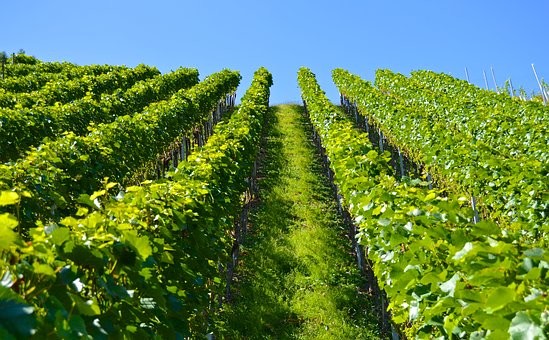

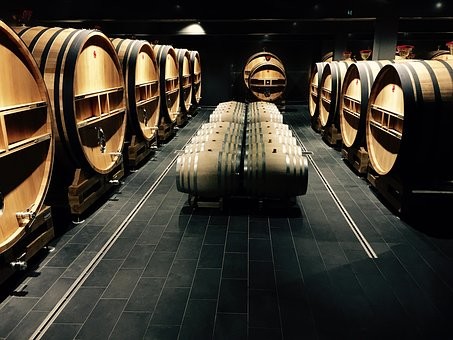
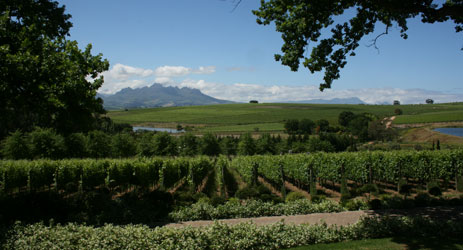
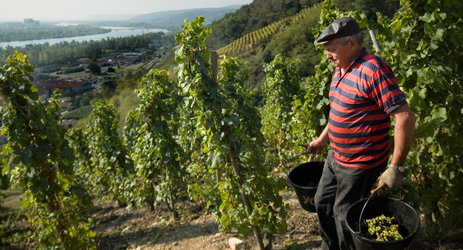
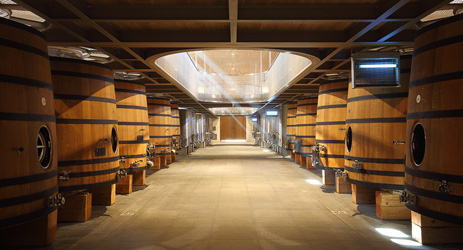
Comments
Submit